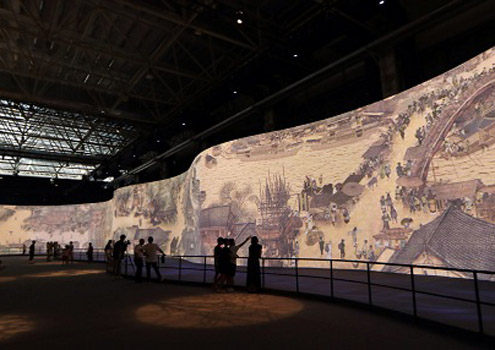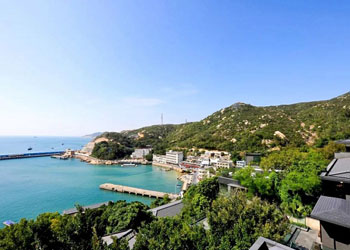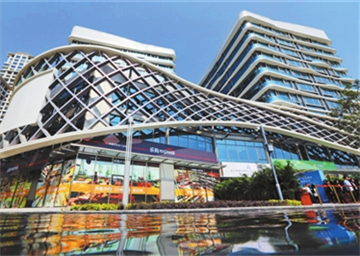Oyster sauce and more join Jinwan cultural heritages
Sanzao Oyster Sauce Production Techniques, Chen's Papercutting, Xiaolin Xianshui (Saltwater) Songs, and Hongqi Ancient Sugar Making Techniques have been selected as Intangible Cultural Heritages of Jinwan District (fourth group).
Situated between Modaomen and Jitimen waterways, the Sanzao Town promontory and mudflats where fresh and salt water interface provide an ideal habitat for oysters. Sanzao oyster breeding and sauce production date back 200 years to the 1821-50 reign of Emperor Tao-kuang (Daoguang) in the Qing Dynasty.
Local fishermen have developed mature techniques that involve a meticulous selection of fresh oysters and soup preparation as well as heat control over a 10-hour period of boiling and concentrating into a sauce. The oyster sauce sold wildly in Zhongshan, Jiangmen, Guangzhou, and other Pearl River Delta cities back then.
In the late Qing Dynasty (1644–1911) and early Republic of China (1912-49) the oyster sauce was mainly produced in Yuyue, Yunong, Yulin, and Caotang villages in northern Sanzao, and marketed in Hong Kong and Macao as a local specialty.
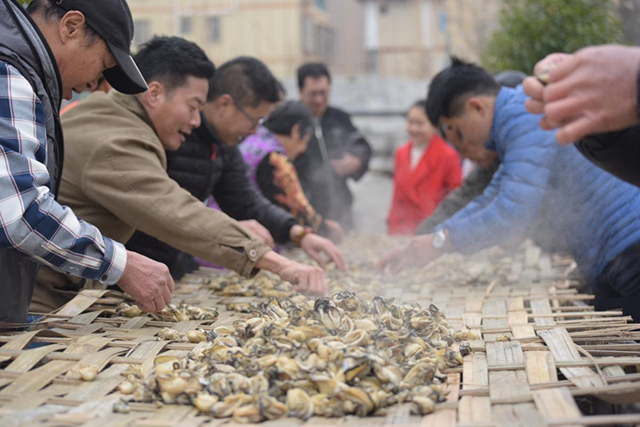
Sanzao Oyster Sauce Production
Sanzao Chen's Papercutting was developed from the traditional skills of Gaomi, a county-level city in eastern Shandong Province. According to historical records and the memory of inheritor Chen Jierong, Chen's Papercutting inherits the immature shapes, simple style, and rigid lines of Gaomi techniques and mixes them with the delicate and vivid styles of southern China.
In addition, the Chen family also broke through the limitation of single-color paper-cutting and pioneered three-dimensional cutting. The creations expanded from traditional legends, mythical characters, animals, mountains, waters, flowers, and birds to modern architecture, thematic characters, and natural scenery.
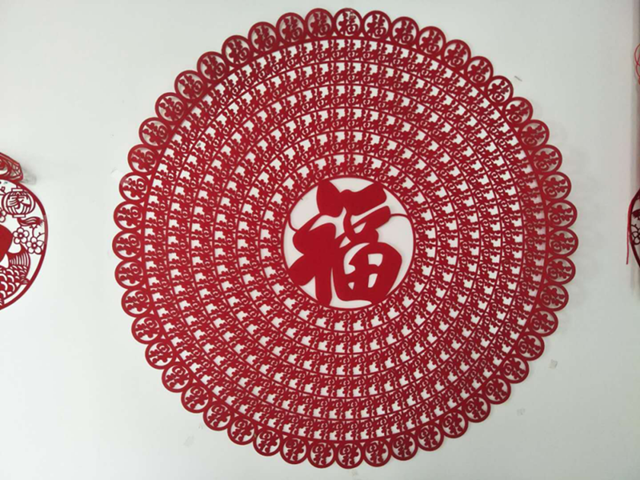
Chen Papercuts
Saltwater Songs are sung by waterfront boat dwellers – the Dan clan. They feature simple but delightful tunes and evocative lyrics related to Dan marriage and funeral customs, production, and lives, as well as local placenames and landforms.
Although the song style and tunes are similar, the lyrics vary greatly from region to region, including the change of place names, farming and fishing operations, people and events, which provide research materials for the study of local history.
Xiaolin lands are mostly formed by the accumulation of tidal flats. During the 1871-1908 reign of Emperor Kuang-hsu (Guangxu) of the Qing Dynasty, many Dan people and refugees flocked in, reclaiming land from the sea in Xiaolin and leading a half-agricultural and half-fishing life. Saltwater songs were introduced during this time.
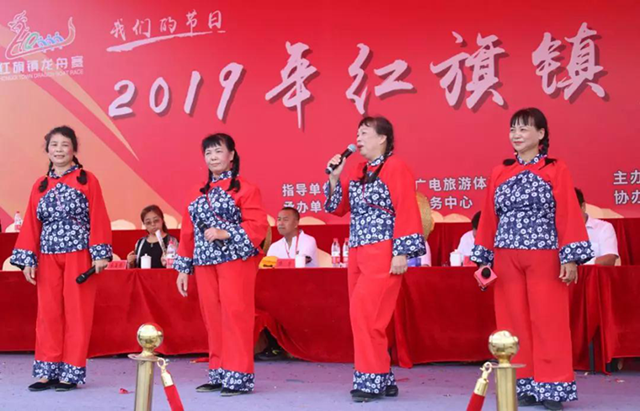
Xiaolin Saltwater Songs
Fronting Sanban Mt in the east and Huangyang River in the west, the weather in Hongqi Town is hot and rainy with long sunshine hours in summer and autumn and little rain and large temperature difference between day and night in winter, which makes it suitable for sugarcane cultivation.
Hongqi's traditional sugar-making techniques follow Southern Song (1127-1279) and Ming (1368-1644) recipes. The six processes are peeling, juice extraction, filtration, continuous boiling, cooling and cutting, and packing.
The time-honored techniques are of value in studying Guangdong's sugar-making history, as well as local folk customs, agriculture, handicrafts, and ancient trade.
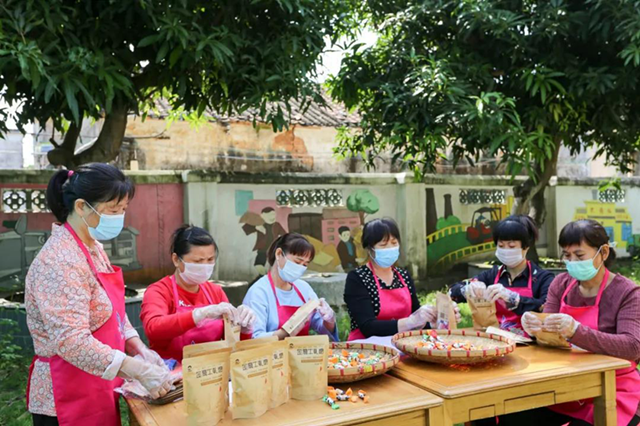
Hongqi-made nougat brittle candy [Photos by Zhang Zhou / Guanhai App]

